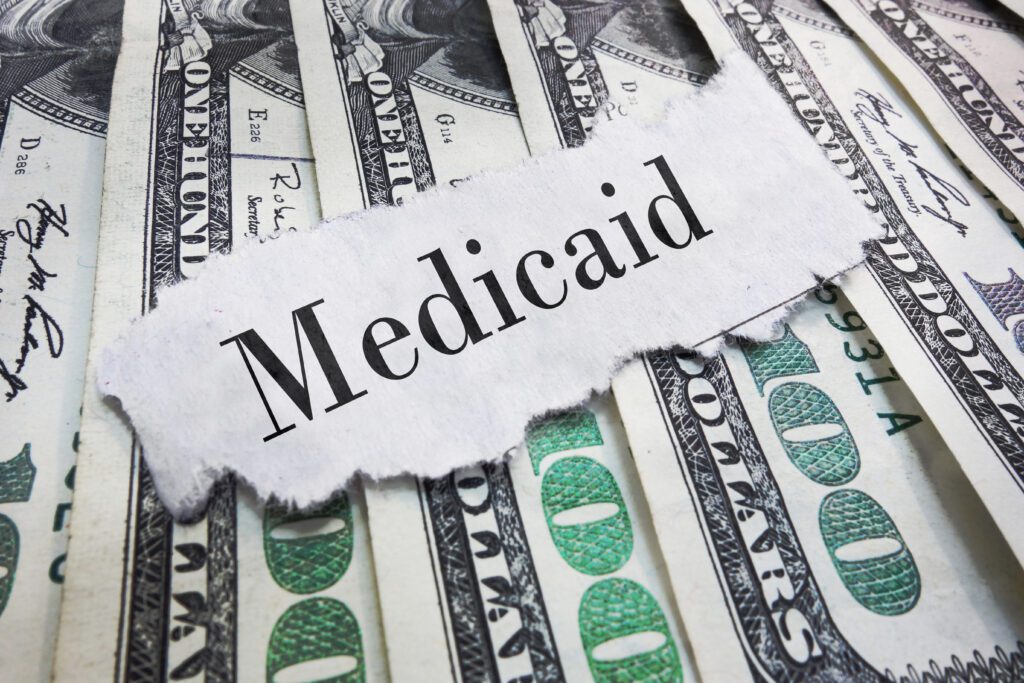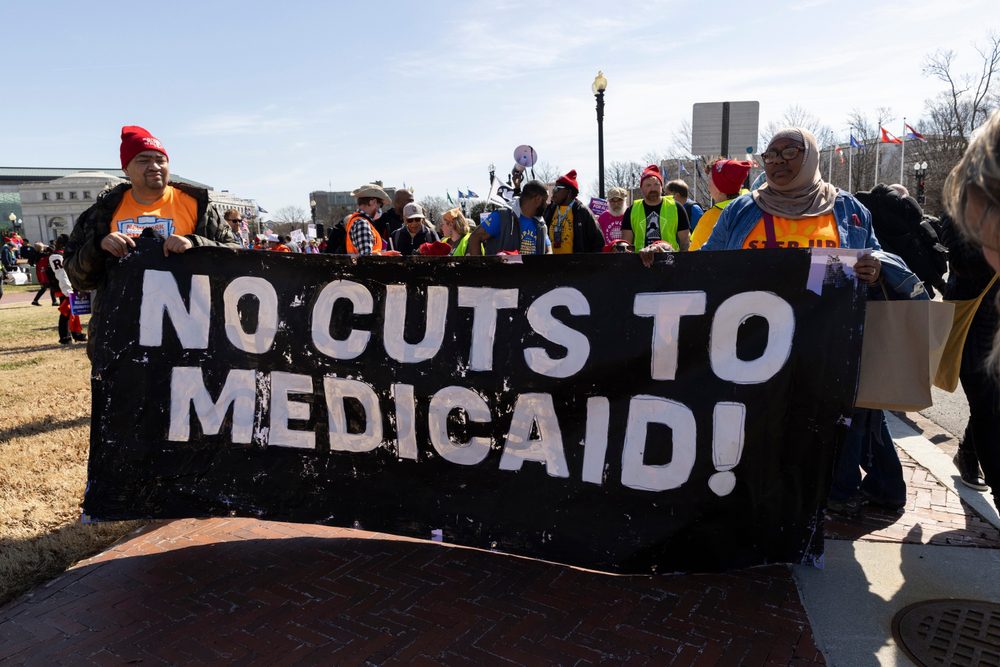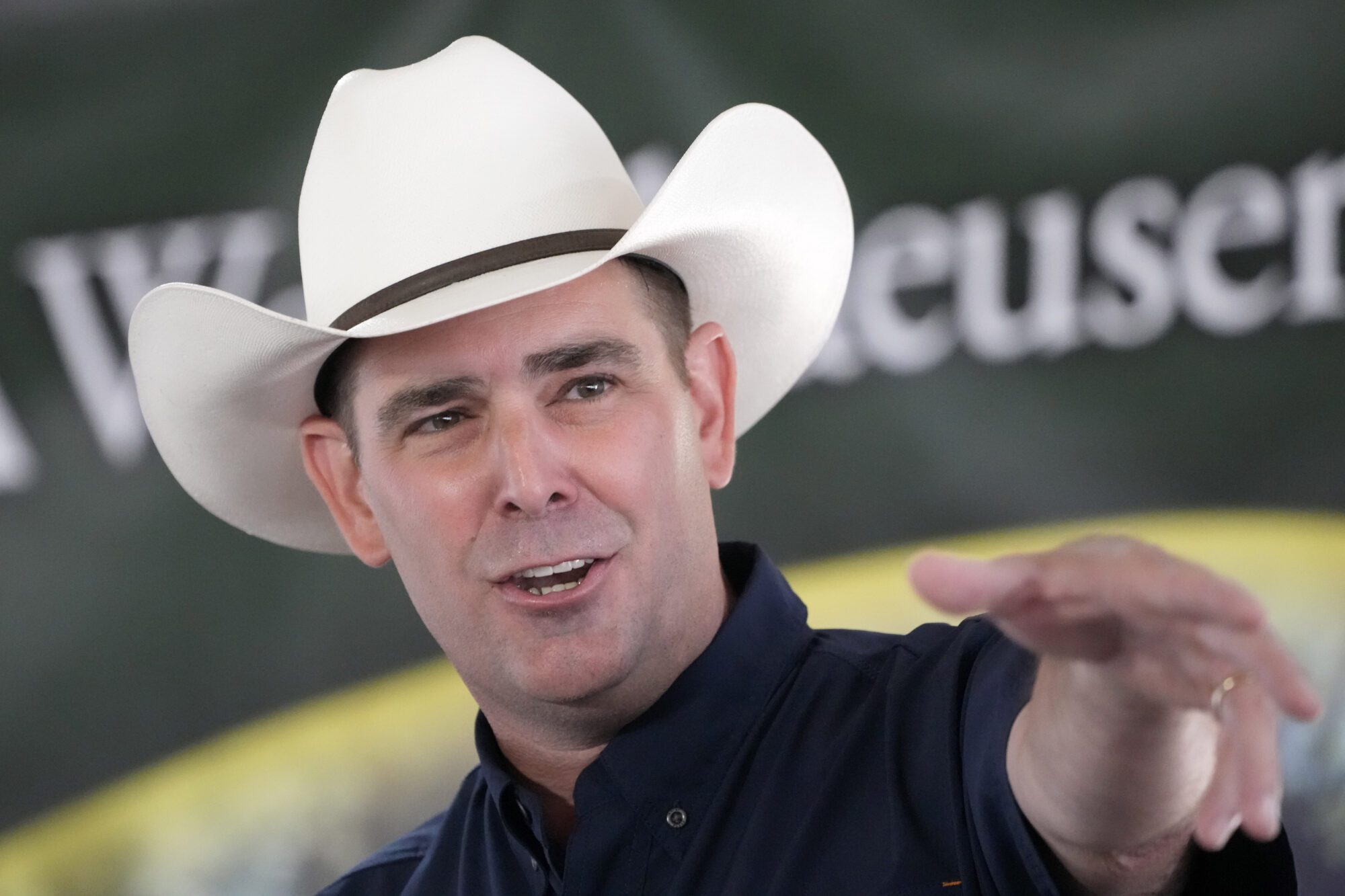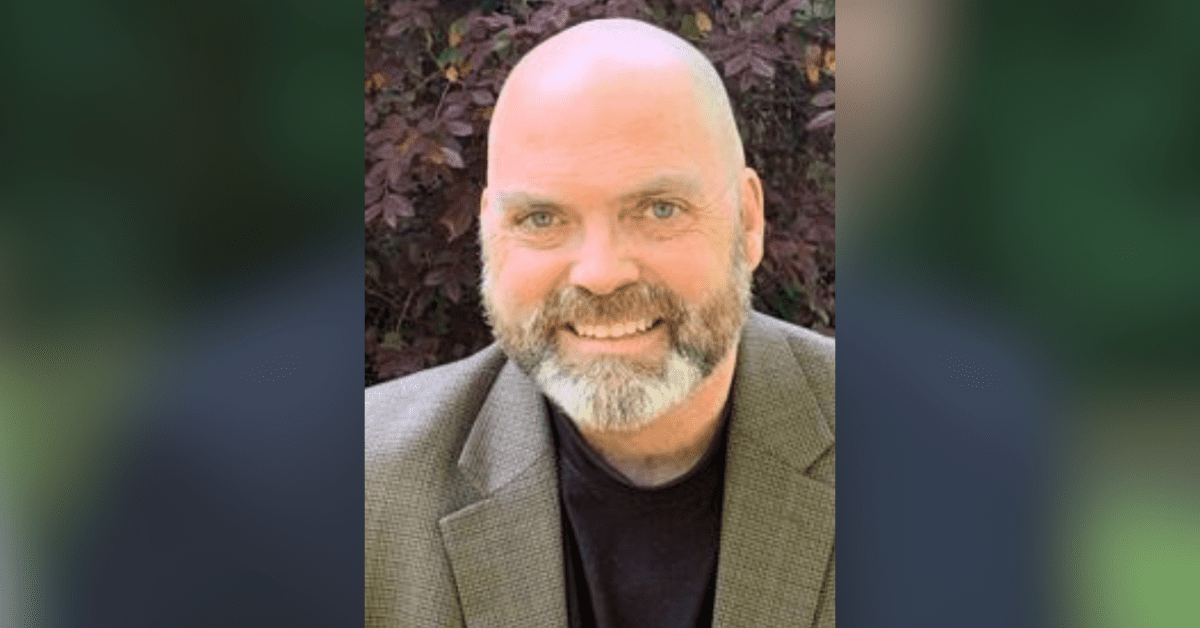
It is not the job of the Legislature to preserve one business model over others.
Rural hospitals are in crisis across much of America. Mississippi is not immune. The difficulty faced by community hospitals has become a primary talking point in the debate around Medicaid expansion. The argument goes that rural hospitals are in danger of failing and that Medicaid expansion would save them.
Part of the argument is definitely true. Rural hospitals are struggling to survive. The role Medicaid expansion would play in helping them weather the storm is far less clear over the long haul. Important questions include:
- Why are rural hospitals struggling in the first place?
- Is Medicaid expansion enough to solve for these problems?
- Is the goal of delivering quality care synonymous with the goal of saving rural hospitals?
Understanding the Problems Facing Rural Hospitals
There are two chief problems facing these facilities. First, rural communities are losing population. The trend is for people to move to more urban and suburban settings. In Mississippi, cities like Madison, Brandon, Southaven, Gulfport, Biloxi, Hattiesburg, and Oxford have experienced substantial population growth. Areas like the Mississippi Delta have seen dramatic declines.
LeFlore County, where Greenwood-LeFlore Hospital is located, has seen nearly fifteen percent (15%) of its population leave over the last decade.
The second pain point for rural hospitals comes from real changes in how health care is delivered. The era of medical treatment or surgeries followed by long hospital stays is largely over. Outpatient care is the new normal, meaning lower bed utilization rates.
The Rise of Ambulatory Surgical Centers
While hospitals offer outpatient procedures, ambulatory surgical centers are rapidly gaining market share. The U.S. ambulatory surgical centers (ASC) market was $35 billion in 2020. Growth is projected, at a compound rate of 6.9 percent, to $59 billion in 2028. The projected growth rates are consistent with employment forecasts. The Bureau of Labor Statistics predicts that the healthcare sector will generate approximately 3.4 million new jobs through 2028. More than half of these new jobs will be in ambulatory care services. Only 350,000 are projected to be in hospitals.
Cost is a primary driver for the shift to ambulatory care. A study performed by UnitedHealth Group found that outpatient procedures at ASCs were typically 59 percent less than outpatient procedures performed at hospitals. This meant a total cost savings of $4,559 per procedure and average savings to the patient of $684.
Private insurers are not the only ones moving toward ASC provided out-patient care. In 2020, the Centers for Medicare and Medicaid Services (CMS) proposed a payment increase for ASCs. The proposed increase was meant to create site neutrality between hospitals and ASCs. CMS has signaled a desire to remove many procedures from its in-patient only list. It has also actively added procedures that it will cover in ASC settings.
The writing is on the wall. Delivery of health care is moving away from large in-patient facilities.
Rural Hospital Crisis Byproduct of Falling Demand
It is impossible to experience double-digit population loss, at the same time as system-wide upheaval in delivery of care, and not expect falling demand at rural hospitals. For hospitals that were built to serve larger populations, these factors place an understandable strain. But that strain has very little, if anything, to do with Medicaid expansion. Occupancy rates at hospitals reflect the changing dynamics.
Mississippi has a tremendous supply of hospital beds for the size of its population. Only South Dakota and North Dakota have more beds per thousand citizens. Not only do we have a lot of beds, we have a lot of empty beds. At the time of publication only South Dakota, Wyoming, Utah, and Kansas have lower occupancy rates.
Approximately thirty percent (30%) of Mississippi’s hospital beds are unfilled. But even this is misleading. Many rural communities that have been losing population have far higher rates of vacancy.
For example, Baptist Medical Center-Yazoo most recent reporting showed seven of thirty inpatient beds occupied. This means seventy-seven percent (77%) of beds were available. Allegiance Specialty Hospital in Greenville had twenty-one of sixty-nine beds occupied, meaning seventy percent (70%) of beds were available. These are not anomalies.
This data is reported in real time and can shift marginally. The overarching picture, though, is one of a lot of unused beds. Covering staff and overhead for a half-empty facility, or worse, is a tough proposition irrespective of payment models.
Would Medicaid Expansion Solve Rural Hospital Crisis
Medicaid expansion will not change double-digit population losses, nor will it reverse the move away from in-patient care. Because of this it is likely a temporary band-aid, at best, for rural hospitals.
Medicaid reimbursement rates often result in either negligible or negative profit margins. In the cases of both Medicare, which provides health coverage for senior citizens, and Medicaid, which provides coverage for impoverished citizens, the government is a volume buyer of care.
The American Hospital Association has estimated that on average Medicare reimburses eighty-four percent (84%) of the actual cost of seeing a patient. Medicaid reimburses at eighty-eight percent (88%) of the actual costs. This means that hospitals very often lose money serving these patients.

Hospitals make up for these losses through privately insured care. An analysis performed by the Kaiser Family Foundation found that private insurers paid nearly double Medicare rates for all hospital services. Notably, this means that working people are not only paying taxes to support programs like Medicaid. They are subsidizing the care a second time through their own higher insurance premiums and out-of-pocket costs.
Imbalance Toward Government-Funded Care Leads to Tricky Economics
In communities with an imbalance toward government-funded health care, the economics become very tricky. Many rural hospital systems benefit from Disproportionate Share Hospital Payments (DSH), which provide supplements for communities with higher-than-normal Medicaid populations. But studies still show that even with DSH, there is underpayment for Medicaid patients on average. Cuts to DSH allotments are scheduled nationally, though the start date of these cuts has been rolled back to 2024.
One interesting case study after the passage of the Affordable Care Act was an examination of the experience of Ascension Health Hospitals, the nation’s largest not-for-profit hospital system. In Medicaid expansion states, Ascension hospitals saw a decline in charity care of $35 million. On the flip side, it saw an increase in Medicaid underpayment of $23 million. Ascension experienced a net-savings of $12 million. However, the service of new Medicaid patients was not profitable. The system remained in the red when it came to serving low-income patients.
The takeaway is that increasing the number of Medicaid patients, by itself, does not pull a facility into the green. The net savings from reducing charity care must be offset by enough private payers and that is difficult in communities that primarily serve lower income patients.
Important Not to Confuse Goals
Finally, a word on confusing the goal of ensuring people have access to quality health care and the goal of saving rural hospitals. The best system for ensuring people have access to care may not require a local hospital on every corner. Some rural hospitals closure might actually make sense to be replaced by smaller emergency facilities, ambulatory surgical centers, and clinics scaled to match changing populations and evolving consumer choices.
It is not the job of the Legislature to preserve one business model over others. In fact, it could be damaging to do so if the end result is more expensive and less accessible care. The problem will be compounded if efforts to protect those institutions prove unsuccessful because the economics don’t match the politics.
There will be people reading this who support Medicaid expansion. There will be some who do not. But if the reason for supporting expansion is a desire to aid rural hospitals, a supporter is on weak footing.











